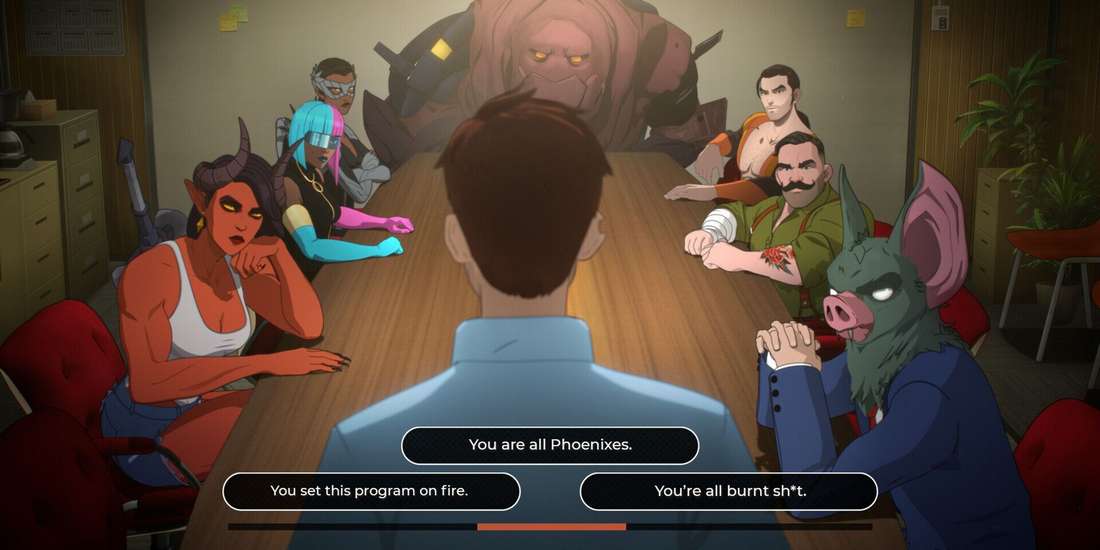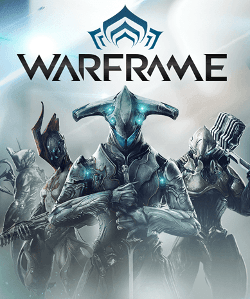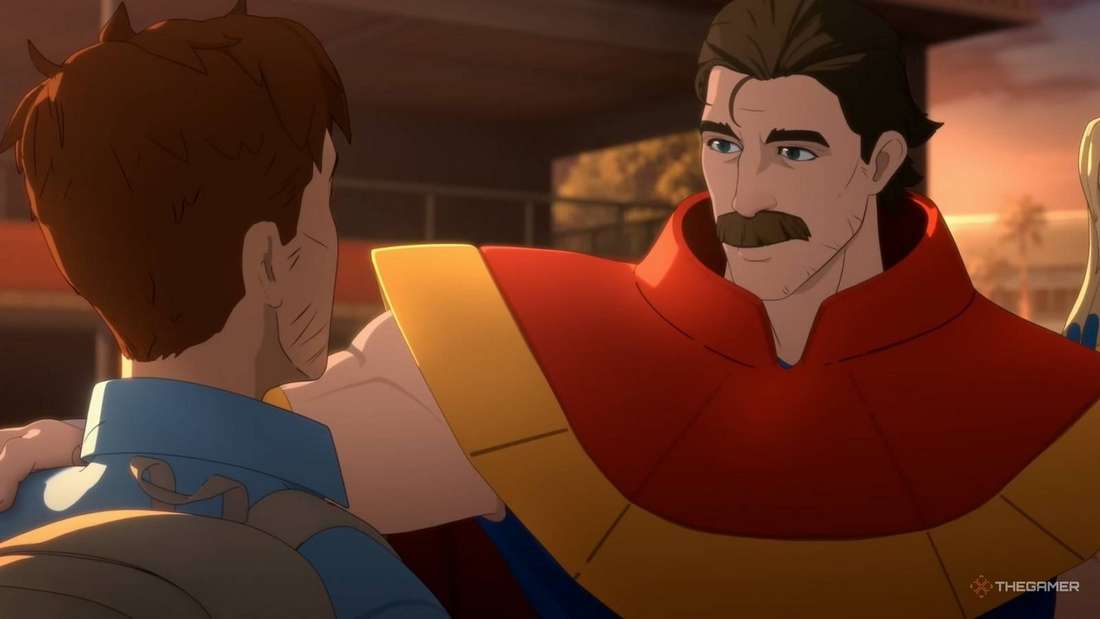The ‘Dispatch’ Conspiracy: Why Players Suspect Every Hero is a Secret Twist Villain
Popular Now
 The Legend of Zelda
The Legend of Zelda
 Fortnite
Fortnite
 League of Legends
League of Legends
 Candy Crush Saga
Candy Crush Saga
 Gacha Club
Gacha Club
 Stumble Guys
Stumble Guys
 NBA 2K24
NBA 2K24
 Geometry Dash
Geometry Dash
 Free Fire
Free Fire
 God of War Ragnarök
God of War Ragnarök 
The debut of AdHoc’s narrative-driven superhero workplace comedy game, Dispatch, has immediately sparked a fever-pitch of fan theories, with players dissecting every line of dialogue and character interaction for clues. The core mystery surrounding the main villain, Shroud, and the game’s superhero-turned-dispatcher protagonist, Robert ‘Mecha Man’ Robertson, is already being overshadowed by widespread speculation that nearly every supporting character is a secret twist villain—a narrative trope that is proving irresistible to the game’s active player community.
The episodic game structure, reminiscent of classic Telltale titles but with deeper management simulation gameplay, lends itself perfectly to this kind of intense, detail-oriented speculation, driving significant discussion and boosting the title’s digital footprint (a high-value metric for interactive entertainment). Players are convinced that the developers are deliberately scattering red herrings to conceal a much larger conspiracy within the Super Dispatch Network (SDN) office.
 The Leading Candidates for the Hidden Antagonist Role
The Leading Candidates for the Hidden Antagonist Role
The most fervent debates center around three key characters: Phenomaman, Blond Blazer, and Chase. Each character presents a strong, yet distinct, motive or suspicious connection that aligns with classic comic book and narrative game villain archetypes, ensuring high engagement and social media chatter.
- Phenomaman: The ‘Evil Superman’ Trope
- The Theory: Phenomaman, presented as the noble, naive Boy Scout hero, is suspected of being the game’s ultimate twist villain—a direct nod to the increasingly popular ‘evil Superman’ archetype (like Omni-Man from Invincible). Players point to his striking resemblance to the trope and the brewing love triangle with Mecha Man and Blond Blazer as potential narrative fuel for a betrayal.
- The Counter-Argument: Some analysts argue this is too obvious a misdirection, suggesting the writers are using him as the biggest red herring to distract from the true, more subtle threat.
- Blond Blazer: A Dark Connection to Shroud
- The Theory: Blond Blazer is considered a long-shot, but compelling, candidate. Theories range from her being Shroud’s secret relative to a shocking reveal that she might even be Shroud, given that the main villain’s face hasn’t been unmasked. Her powers—super strength and flight—also mirror those that Shroud is apparently augmenting his subordinates with.
- The Supporting Evidence: Hints of manipulative behavior, such as flirting with Robert and getting him intoxicated, are cited as evidence of a hidden, strategic agenda.
- Chase: The Most Believable Betrayal
- **The Theory: Chase, Robert’s friend and a former superhero, is arguably the most grounded and popular choice for the secret villain. His motive revolves around an aging problem that has forced him into a desk job, fueling a desperate need to reclaim his youth and powers.
- The Motive: As one fan noted, he has both a clear motive (reversing aging) and a unique, deep personal connection to Robert that could make the inevitable betrayal far more impactful than any other character’s. Chase being an alternative Shroud is also theorized, which would explain why he didn’t permanently eliminate Mecha Man when he had the chance.
 Driving Player Engagement and Narrative Value
Driving Player Engagement and Narrative Value
This massive, community-driven effort to unmask the secret antagonist demonstrates the success of Dispatch’s narrative design. The game, created by veterans from the teams behind titles like The Walking Dead and Oxenfree, is clearly succeeding in the interactive drama space by:
Manufacturing Suspicion: By casting a wide net of potential villains with ambiguous motives, the developers have ensured every subsequent episode will be met with intense, revenue-driving anticipation.
Encouraging Replayability: The multiple, choice-driven narrative paths mean players are motivated to replay episodes to test their theories and see how character relationships shift based on their decisions, bolstering the game’s long-term value.
Leveraging Tropes: The use of well-known superhero tropes (like the “evil twin”) allows for immediate fan identification and speculation, which then acts as powerful, organic marketing for the title.
Whether any of these theories prove correct or if the development studio, AdHoc, has a truly original plot twist in store, the constant debate is a powerful testament to the game’s strong writing and ability to generate high-value engagement in the highly competitive narrative gaming market.









 The Leading Candidates for the Hidden Antagonist Role
The Leading Candidates for the Hidden Antagonist Role Driving Player Engagement and Narrative Value
Driving Player Engagement and Narrative Value